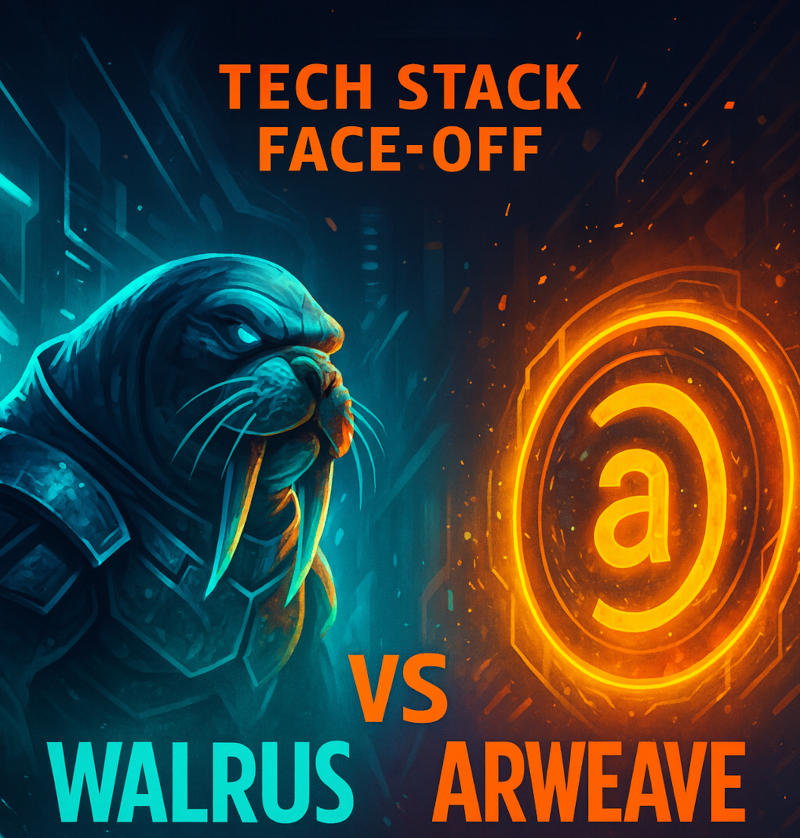I’ve been leveraging Arweave for several years now as my go-to solution for permanently storing NFT images. What makes Arweave stand out is its cost-effectiveness and simplicity, it handles file storage seamlessly, whether you’re dealing with small assets or large files. The core reason I chose Arweave, both for NFT image hosting and for projects like VHASH, is its promise of true permanence. Unlike other decentralized storage solutions, Arweave guarantees that your data remains accessible indefinitely once stored.
IPFS is a solid platform for decentralized file storage and works well in many scenarios. However, it fundamentally lacks a guarantee of permanence; files can be unpinned over time, which means they may eventually become unavailable. This uncertainty can be a critical downside when you want your NFT assets to remain consistently accessible long term.
Recently, I was introduced to Walrus, a decentralized storage solution built on the SUI blockchain. Technically, SUI impresses with its blazing-fast performance, with half-second block finality and gas fees that cost just a fraction of a cent. These characteristics make it highly appealing from a throughput and cost perspective. That said, from a developer experience viewpoint, the SDK ecosystem around Walrus and SUI isn’t yet as mature or comprehensive as what EVM-based platforms offer. This developmental gap presents a steeper learning curve and extra friction for integration.
Walrus also diverges philosophically by adopting a pay-as-you-go model with frequent storage fees. Their focus is on small files designed for gaming, assets that typically don’t require permanent, indefinite storage. This is a clear contrast to Arweave’s approach, which is built around one-time payments for permanent archiving.
In summary, while Walrus and SUI bring some exciting technical advantages, Arweave remains my preferred choice for NFT and project storage that demands true permanence without ongoing fees or risks of data loss.
